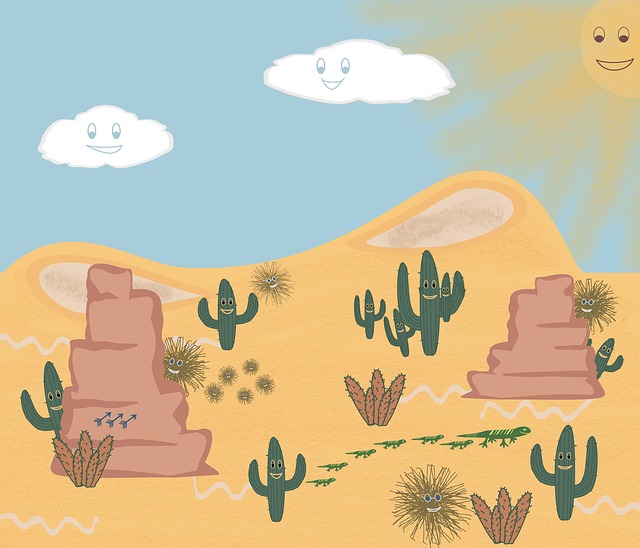What Are Tumbleweeds?
Sep 8th 2021
 When you think of tumbleweeds, you probably think of desert plains, hot summer days, and maybe even a cowboy or two. Tumbleweeds have outlasted the wild, wild west to the point where their symbolism is, in some ways, outweighed by their annoyance.
When you think of tumbleweeds, you probably think of desert plains, hot summer days, and maybe even a cowboy or two. Tumbleweeds have outlasted the wild, wild west to the point where their symbolism is, in some ways, outweighed by their annoyance.
Tumbleweeds aren't gathered detritus, but are instead living species. What's more, tumbleweeds are invasive and can harm the ecosystems they roll into.
What Is Tumbleweed?
Tumbleweeds are both a growing plant and a moving obstacle. Where they are in their life span dictates what form they take, with variation arising depending on the conditions around them.
Despite the tumbleweed's affiliation with the American west, these plants did not originate in North America. Instead, these plants came across the Atlantic from Russia. The plants nowadays are a combination of flax and thistle seeds. As the plants break away from their originating stems, they spread these mutated seeds, encouraging the widespread cultivation of offshoots.
Nowadays, active tumbleweed plants can grow up to three feet tall. They produce red and purple stems along with flowers when it comes time for them to pollinate. What's more, these plants do not require a significant amount of water, allowing them to thrive in hot, dry settings.
How Do Tumbleweeds Migrate?
Tumbleweeds travel with the wind. They do not move of their own violation but rather break off from their stems and go where the weather bids them. In the process, the plants can drop seeds throughout the western United States. Despite their status as an invasive species, the tumbleweed's cultural significance has made some people reluctant to keep them from traveling.
What Problems Can Tumbleweeds Cause?
Tumbleweeds pose several threats to native western wildlife. After the weeds break away from their roots, they can travel vast distances, running over existing flora and damaging those plants and their growth. Specifically, the tumbleweeds can create barriers between existing wildlife and native flora, making it more difficult for new plants to get the sunlight they need to grow.
That said, a tumbleweed broken from its stem won't be able to take root again. Parties interested in getting rid of them have to dispose of them via fire or mulching if they want the tumbleweed carcass safely off their property.
Are Tumbleweeds a Safety Hazard?
Larger tumbleweeds can actually pose a safety hazard to drivers and homeowners throughout the western United States. Because these plants can grow so large, they often block traffic, disrupt your landscaping, and even cause car accidents. These obstacles grow worse when tumbleweeds stack on top of one another.
Tumbleweed barriers can grow to the point where they take days to remove from roads or properties. For that reason, many residents in the western United States see tumbleweeds as a consistent nuisance, despite the plant's place in America's symbolic history.

